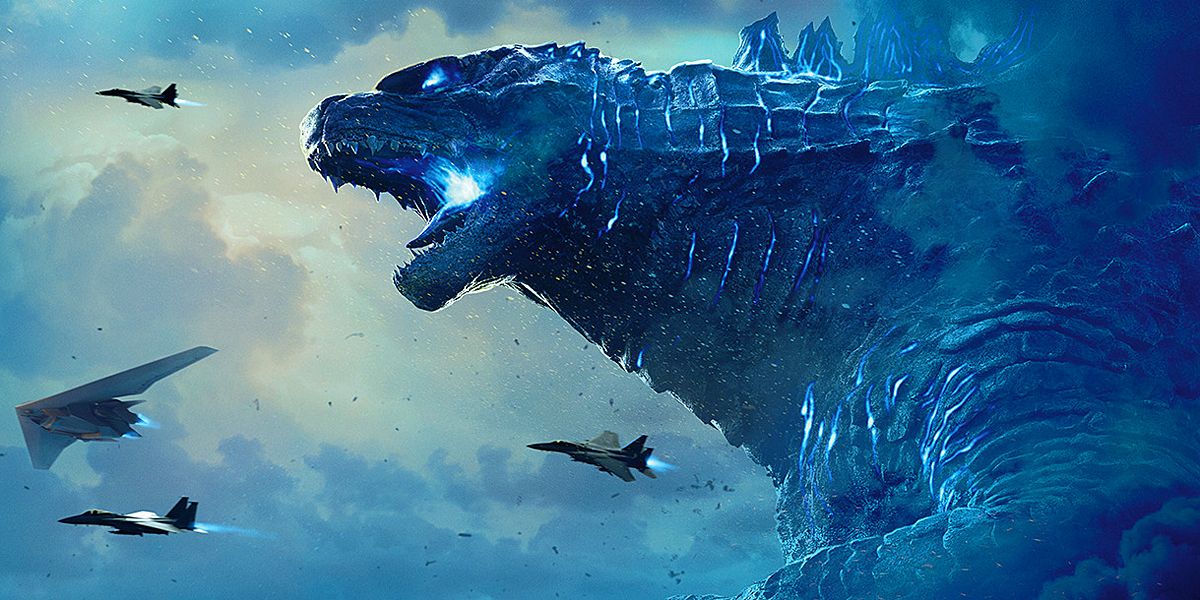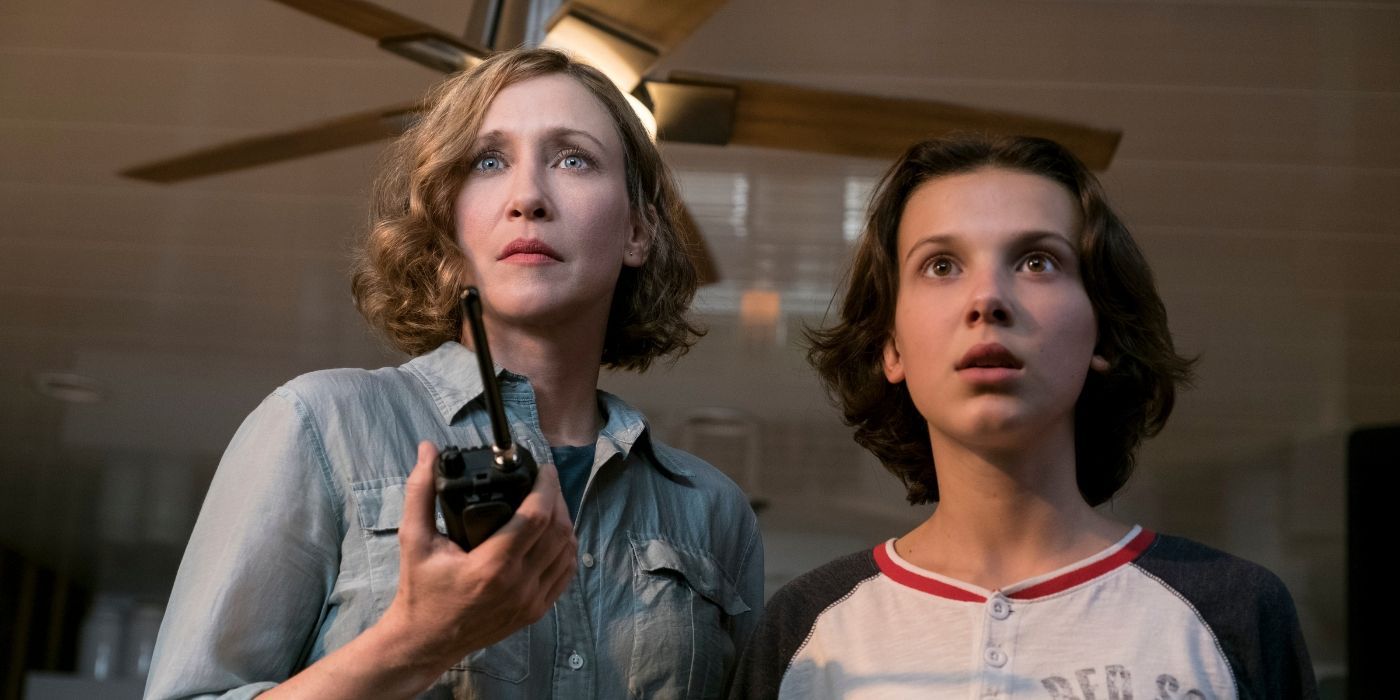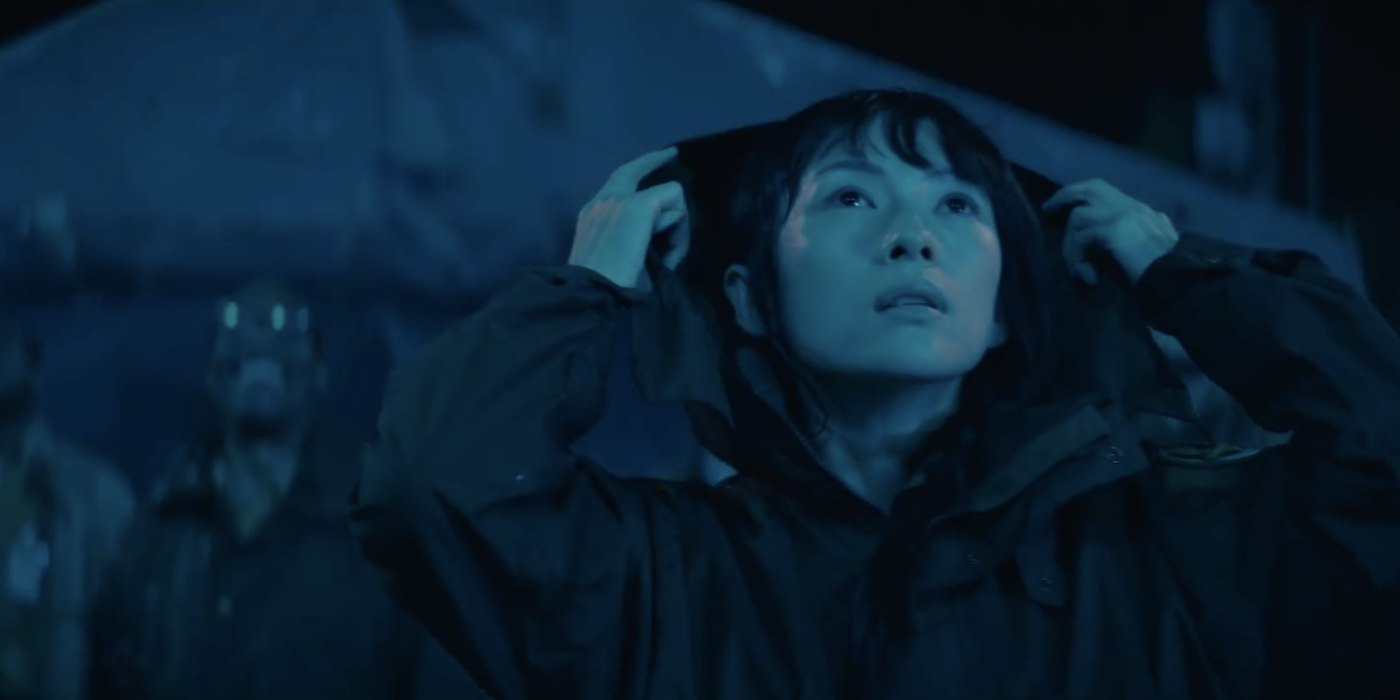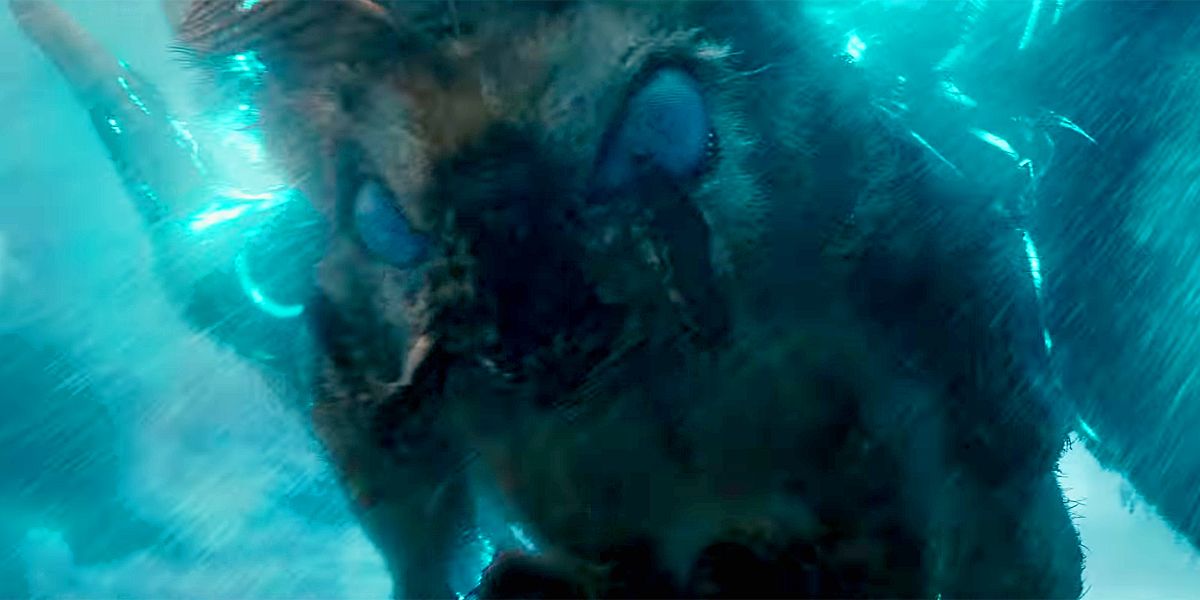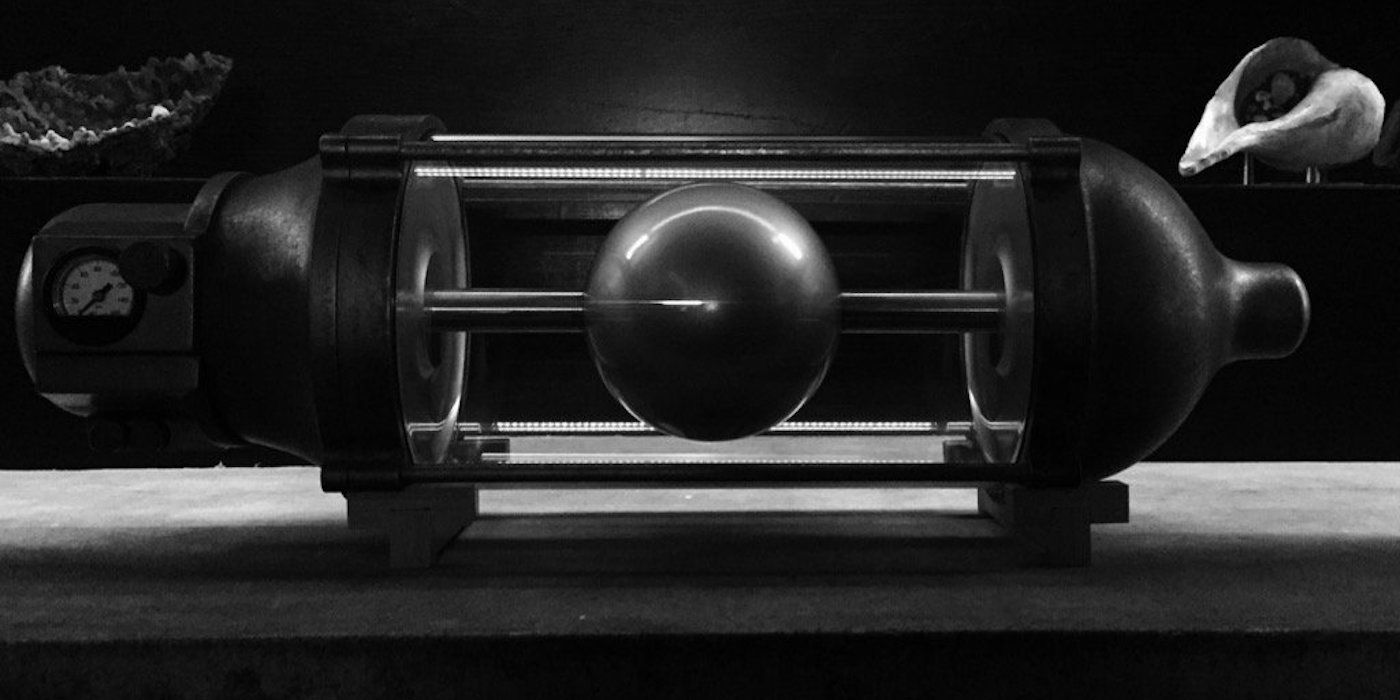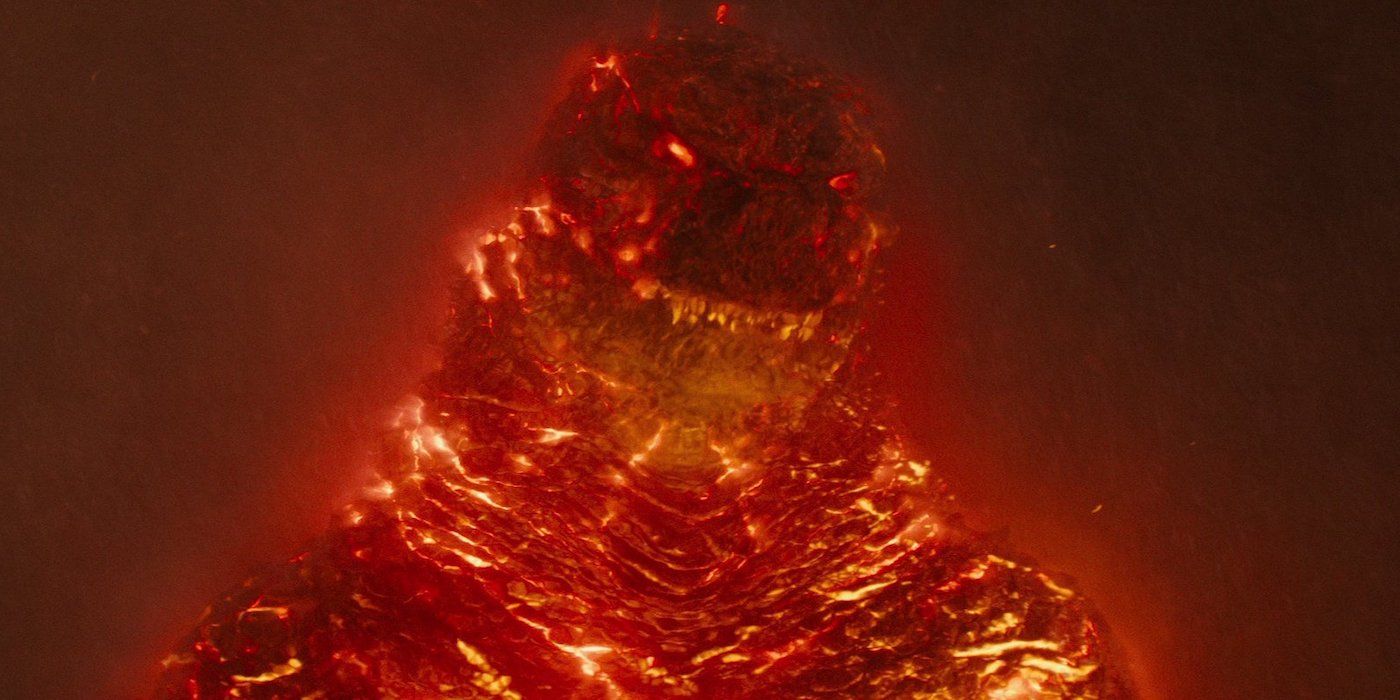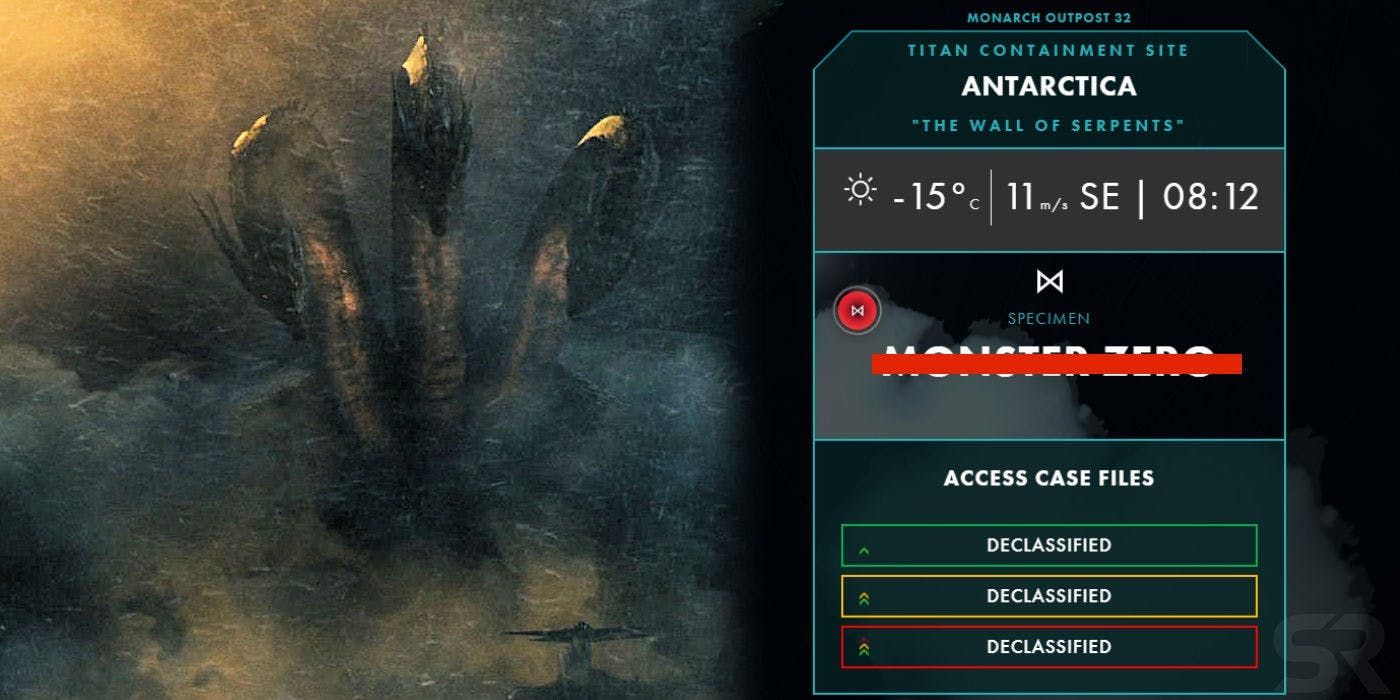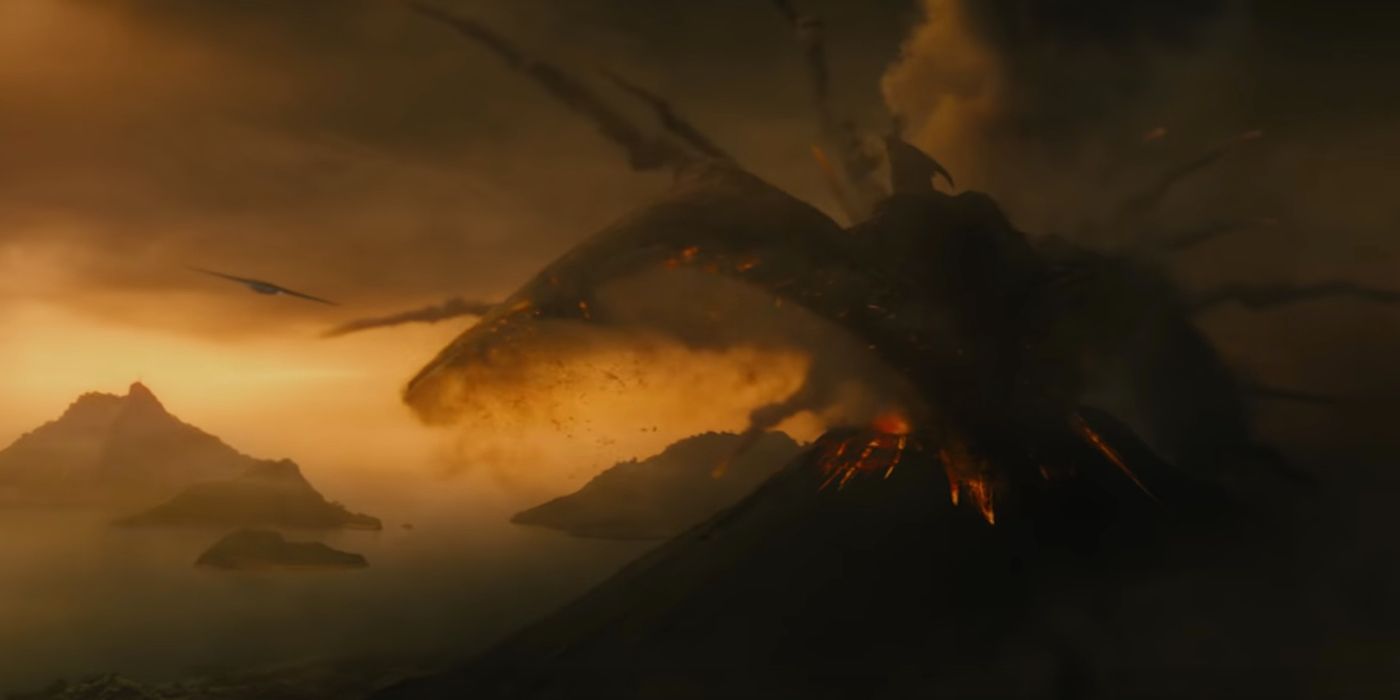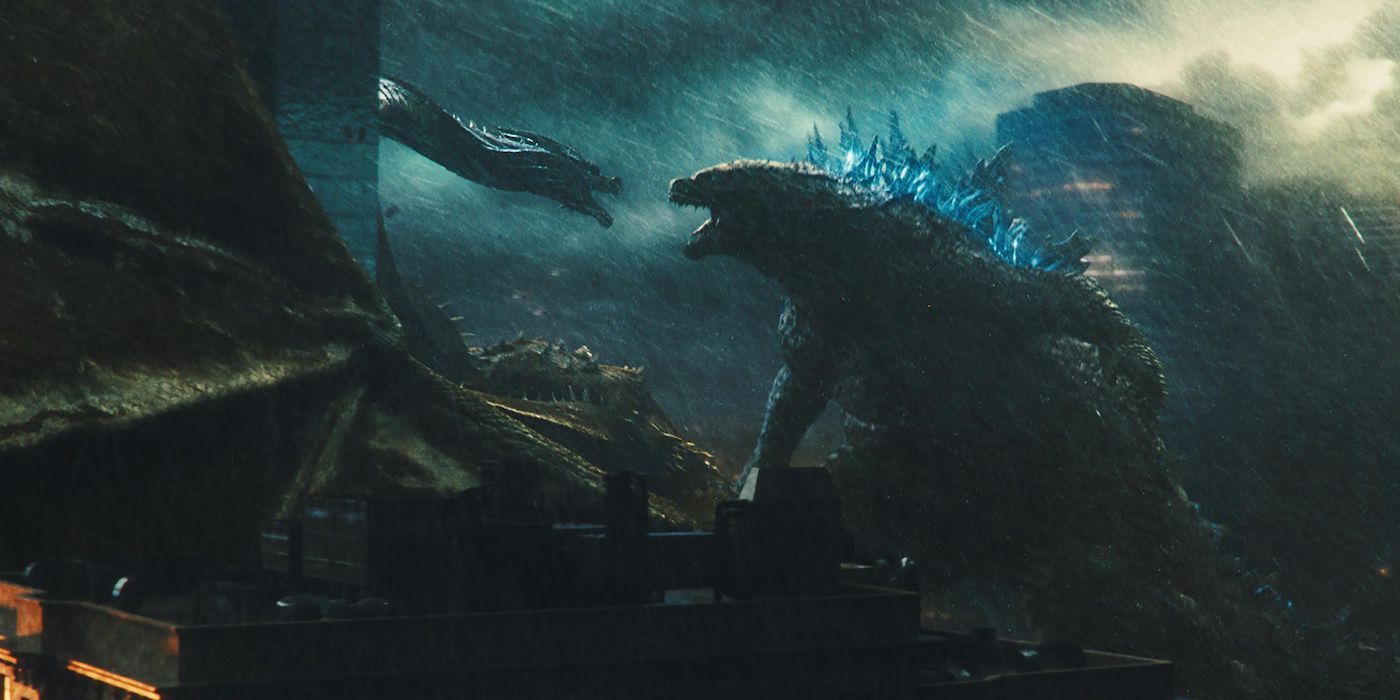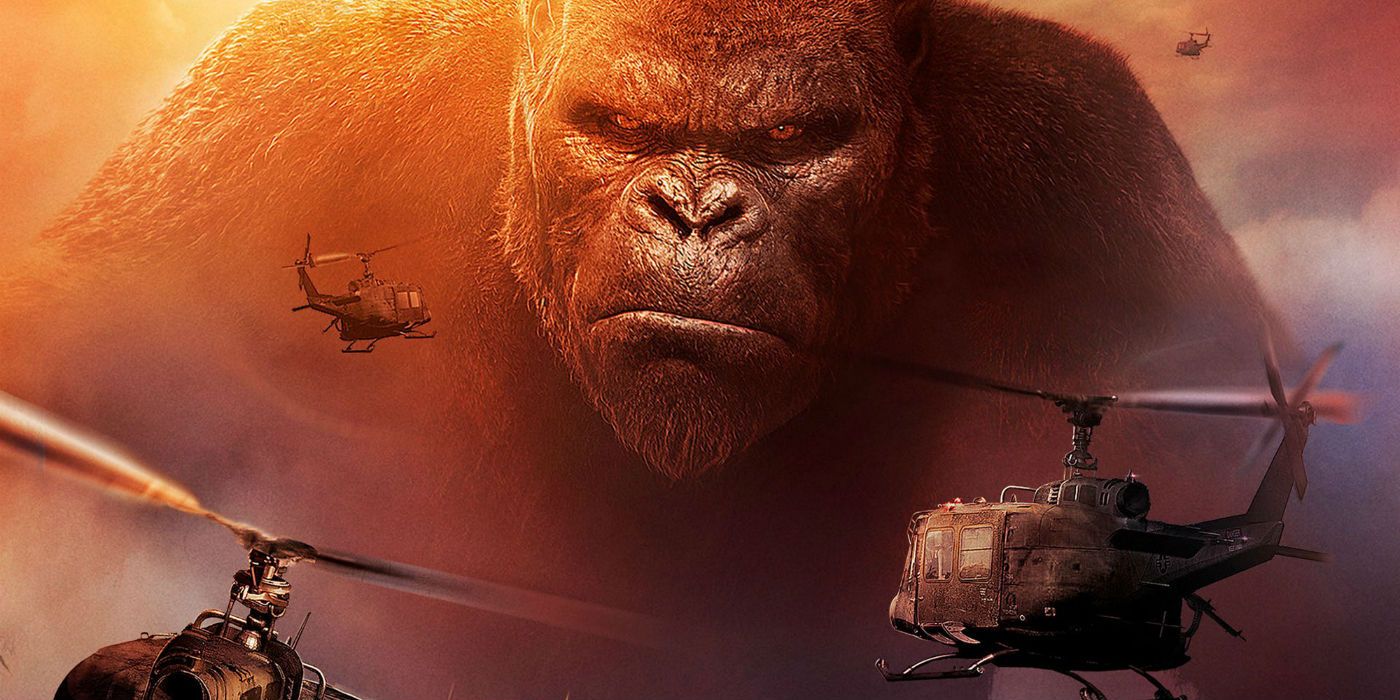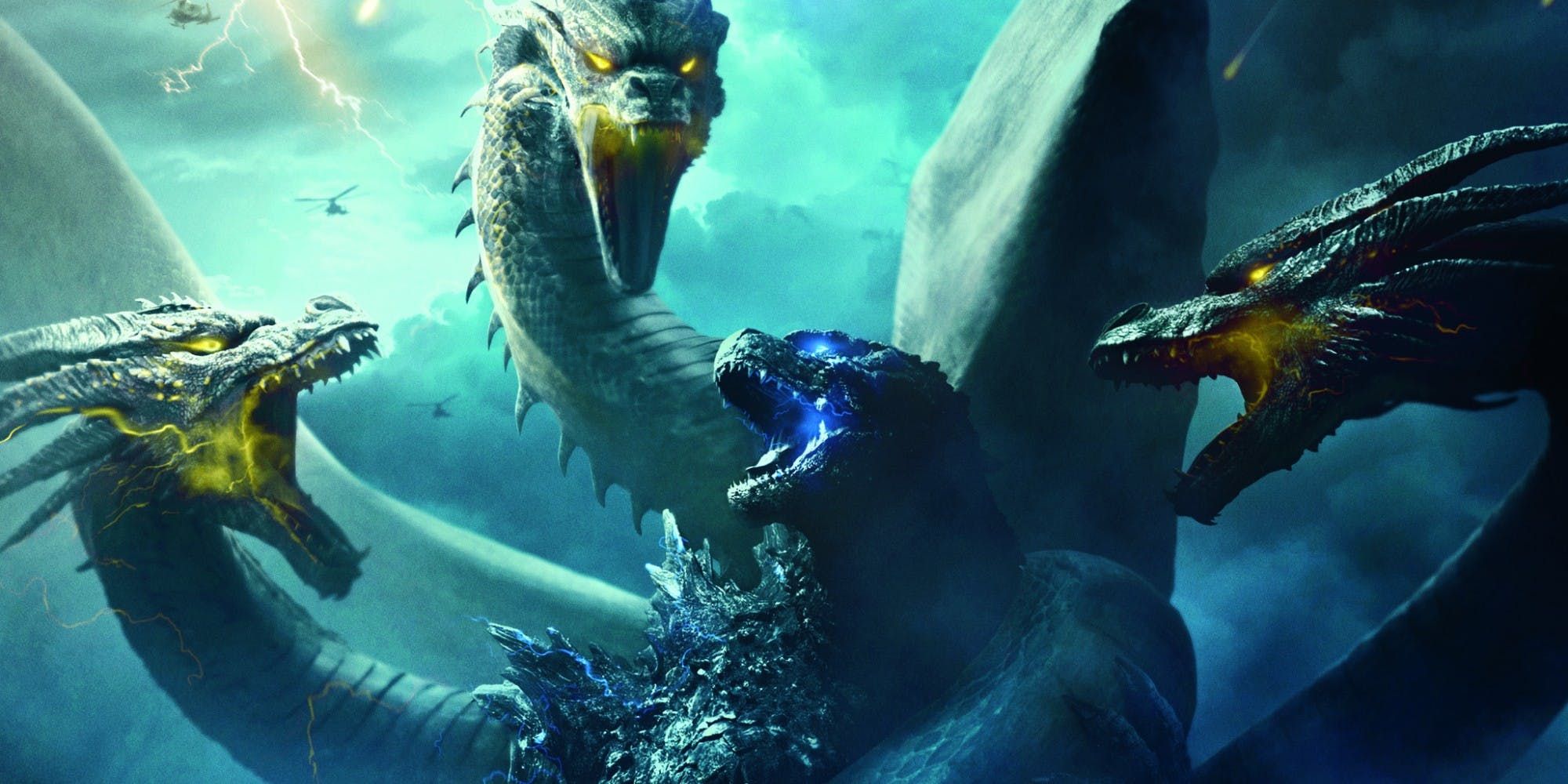WARNING: The following article contains spoilers for Godzilla: King of the Monsters, in theaters now.
Over the past 65 years, Toho's Godzilla and his monstrous allies and enemies have become icons in popular culture, not only in Japan but around the world. It's no surprise, then, that, as Hollywood reimagines these city-destroying kaiju that there would be nods to those classic films.
That certainly holds true for director Michael Dougherty's Godzilla: King of the Monsters, the third installment of Legendary's MonsterVerse, which boasts multiple callbacks and Easter eggs to the Toho franchise.
MONARCH'S OUTPOSTS
This film provides a better understanding of Monarch, the scientific organization introduced in 2014's Godzilla, specifically in the scope of its operations across the globe.
Several of Monarch's scientific stations used to study, or even hold, the Titans -- as the creatures are now called in the MonsterVerse -- are numbered to correspond to the years of release of key kaiju films: Outpost 55 (1955's Godzilla Raids Again); Outpost 61 (1961's Mothra); Outpost 67 (1967's Son of Godzilla); Outpost 75 (1975's Terror of Mechagodzilla); and Outpost 91 (1991's Godzilla vs. King Ghidorah).
THE SHOBIJIN
Some fans initially speculated that Dr. Emma Russell (Vera Farmiga) and her daughter Maddie (Millie Bobby Brown) were a reimagined version of the so-called Mothra twins who, across the years, possessed a mystical bond with the kaiju. In Godzilla lore, they could even summon Mothra through song, and guide and communicate with her.
However, King of the Monsters introduces its own twins, who have studied Mothra in China's Yunnan province: scientist sisters Ilene Chen and the briefly glimpsed Ling Chen (played by Zhang Ziyi). According to MonsterVerse canon, they discovered Mothra in 2009, which again signals a deeper connection to the creature. Most importantly, they're third-generation twins whose mother and grandmother also studied Titans, and even explored Infant Island, home to Mothra in Toho's franchise.
MOTHRA'S LEGACY
Monarch labels Mothra as "Titanus Mosura," paying homage to the Japanese version of the monster's name, and to the title of the 1961 movie that introduced her. However, following the Titan's death in the battle against Ghidorah, there are news reports that call back to another old-school film involving Mothra.
There's a quick flash of a headline that indicates a second Mothra egg has been discovered. That may be a mate to the first Mothra, or possibly her son, who made his debut in Toho’s Rebirth of Mothra trilogy (1996-1998). Some fans speculate Mothra was able to transfer her essence into another cocoon, ensuring her return.
GODZILLA'S AQUATIC ADVENTURES
The U.S. government uses an "Oxygen Bomb" to attack Godzilla and Ghidorah in the waters off of Mexico, which badly wounds the giant lizard and forces him to retreate to his underwater home to recharge. The bomb is a direct tribute to the Oxygen Destroyer from 1954's Godzilla, in which the Japanese Self-Defense Force bombed Godzilla to stop him from razing the planet.
Dr. Daisuke Serizawa was in charge of that in the Toho original, whereas in King of the Monsters, Ken Wanatabe's Ishiro Serizawa (an obvious nod to Daisuke) tries to protect the beast. As for Godzilla's deep-sea haven, it could be a nod to Seatopia, which in 1973's Godzilla vs. Megalon showed us a human civilization, similar to Atlantis, that worshiped monsters.
THE BURNING GODZILLA
In 1995's Godzilla vs. Destoroyah, Godzilla began overheating following a uranium accident, and transformed into a walking time bomb. The side effect of that power-boost turned him into "Burning Godzilla," with stronger atomic blasts, allowing him to be more effective against Destoroyah. Rather than destroy Earth as he melted down, Godzilla breathed this energy into Godzilla Jr., making him the planet's new protector.
In the Legendary film, Godzilla becomes "Fire Godzilla" after Mothra imbues him with her power upon her death, turning his energy from blue to red. He becomes stronger and faster, and his atomic body-blasts incinerate Ghidorah, permitting Godzilla to become not only a king, but, coincidentally, as he melts down Boston, a destroyer. In 2001's Giant Monsters All-Out Attack, however, the roles were reversed, as Mothra powered up Ghidorah to attack Godzilla, further indicating that Dougherty intended to subvert franchise lore.
MONSTER ZERO
Ghidorah is initially referred to as "Monster Zero," as Monarch believes he is the alpha Titan and apex predator. That's direct reference to what the alien Xiliens called him in 1965's Invasion of Astro-Monster. The Xiliens wanted to "borrow" Godzilla and Rodan from Earth to fight Monster Zero, which was destroying their home planet, but that was merely a ruse, as the human astronauts immediately recognized the creature as Ghidorah.
It became evident the aliens were trying to weaken Earth. Ironically, Ghidorah's alien origins (established in 1964's Ghidorah, the Three-Headed Monster) is retained by King of the Monsters. Notably, Ghidorah is stored in Antarctica, a nod to 2004's Godzilla: Final Wars, in which Godzilla fought Gigan, also sent by the Xiliens.
THE RISE OF RODAN
Rodan is introduced in King of the Monsters rising out of a volcano in Mexico after Alan Jonah's eco-terrorist group wakes him by using the Orca device. He had been held, dormant, within by Monarch through pyrostasis.
His rise from the volcano pays tribute to 1956's Rodan, in which the pteranodon emerged from mines near the volcanic Mount Aso. He had perished, with his mate, inside that same volcano when it erupted, and then re-emerged from the same crater in Ghidorah, the Three-Headed Monster, which more or less confirms volcanoes are like incubation chambers for his species.
DESTROY ALL MONSTERS
Early in King of the Monsters, demonstrators waving signs and demand Monarch rid the world of the Titans, instead of track and study them. One of the protestors holds a sign that reads "Destroy All Monsters!," a reference to the title of the 1968 Toho classic in which Godzilla and every Japanese kaiju united to defeat Ghidorah.
In that film, monsters were brainwashed by aliens to attack cities. Here, however, it's the Orca device used by eco-terrorists, and Ghidorah as the alpha, commanding them to attack the human population, so they can again roam free and bring balance to the planet.
THE OTHER TITANS
There are news reports and video footage throughout the film of Monarch monitoring the other kaiju that rise up under Ghidorah. In the end, we see the spider-like Scylla, which appears to be influenced by the Toho monster Spiga, as well as a MUTO Prime, honoring what Gareth Edwards did in Legendary's 2014 film. There are also quick shots of other creatures resembling classic Toho beasts such as Kumonga.
Most of all, King of the Monsters makes several references to the MonsterVerse's Kong and Skull Island, setting up next year's Godzilla vs. Kong. In the final sequence, we see Monarch monitoring the island following a spike in Titan activity there, suggesting some kaiju consider Kong their true king. In quick snapshots, Kong is shown to have grown since his 2017 film.
THE MUSIC
Composer Bear McCreary updates the old songs to ensure the movie appeals to loyalists. He incorporates and adapts Akira Ifukube's iconic theme for Godzilla whenever the monster makes his triumphant entrance, while for Mothra, Yuji Koseki's immortal "Mothra's Song" is also given a modern tweak to reflect her beauty and elegance.
McCreary does get a bit rowdy in the end, with some operatic flare for a cover of Blue Öyster Cult's campy, hard-rock classic "Godzilla." It features System of a Down frontman Serj Tankian, complemented by a full orchestra, drumming by both a Japanese taiko group and a chorus of chanting men. The members of Dethklok from Metalocalypse, including Brendon Small and heavy-metal stalwart Gene Hoglan, also contributed to the track as King of the Monsters bridges the gap between the old and new eras of Godzilla fans.
Directed by Michael Dougherty, Godzilla: King of the Monsters stars Vera Farmiga, Ken Watanabe, Sally Hawkins, Kyle Chandler, Millie Bobby Brown, Bradley Whitford, Thomas Middleditch, Charles Dance, O’Shea Jackson Jr., Aisha Hinds and Zhang Ziyi.

